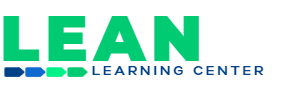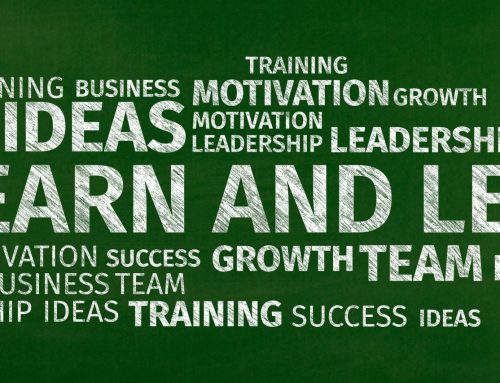According to Clark Quinn, a leader in the field of Cognitive Science and author of Revolutionize Learning & Development: Performance and Innovation Strategy for the Information Age, if we can understand the Cognitive Science behind learning, we can change learning practices for the better and impact outcomes. As director of Quinnovation, a company that applies technology and strategy to analysis of how people think, work and learn, Quinn claims “it takes a real understanding to discern the difference between learning and the folk psychology that most people wrongly follow.” In lay person’s terms, Cognitive Science is a catch-all term for understanding all levels of human behavior, from neural to social. According to Quinn, often learning programs give priority to learning styles and opportunities even when these programs have already been demonstrated to have little practical value. Here’s where the application of Cognitive Science behind learning comes into play, and where lean learning practices take a front seat. At the neural level, learning is about strengthening the connections between certain neurons. “It’s safe to say that neurons that fire together wire together,” states Quinn.[2] Activated neuron patterns deliver certain ideas and thoughts and neuron links are strengthened when several patterns are activated together. Quinn points out that the learning process requires energy and time lapse for strengthening and reactivation. At a higher level, learning is about designed action and guided reflection. Practice activities should require action. At the cognitive level, learning is conceptually or mentally based. The mental model focuses on explaining a process in terms of what happened and why, in order to predict future outcomes. In the lean learning toolkit, the 5 Why Problem Solving and 5-S Programs as well as the other lean assessment tools provide a fail-safe method of working with mental models. At every stage of performance, lean accounts for pre-designed action and guided reflection that leads to practice or action. According to Quinn, a common mistake is to continue to patch up a learning model that failed, rather than extinguishing it altogether and starting over. A patched-up failed model is still likely to have flaws, states Quinn. Another common mistake is for learning leaders to bring in inappropriate models. To avoid taking a project in the wrong direction, the team should “provide the opportunity to make mistakes and detect and remediate the wrong models in the learning experience before it counts.”[3] Lean tools accommodate both of these learning errors. “Learn-Apply-Reflect” is the secret formula behind the Lean Learning Center’s effectiveness. The PDCA (Plan, Do Check Act) Scientific process of problem solving—starting with a hypothesis and employing observation, measurement, testing, checking, recording, and sharing—provides a built-in check system for developing models that encourage learning from errors while avoiding misdirected remediation. Lean’s utilization of this 3-step formula provides the foundation for establishing the Cognitive Science behind learning. [1] “The Cognitive Science Behind Learning,” January/February 2017 issue of CLOMedia.com. [2] Ibid. [3] Ibid.
[1]




